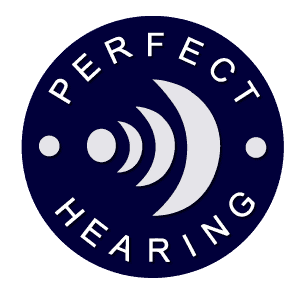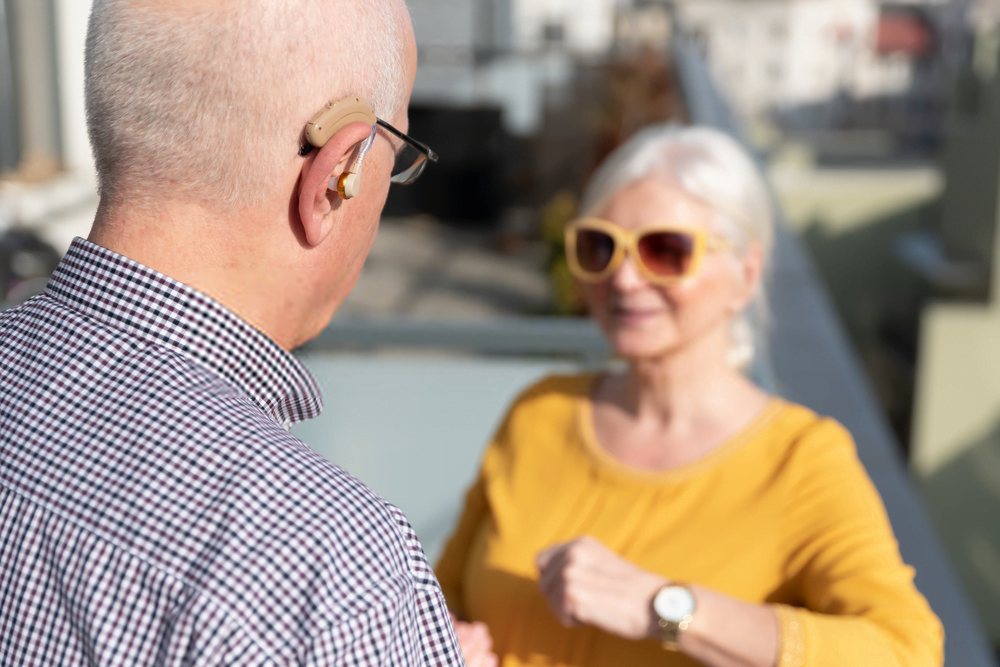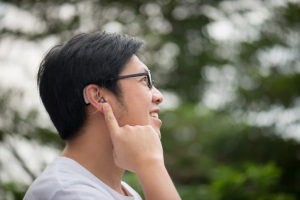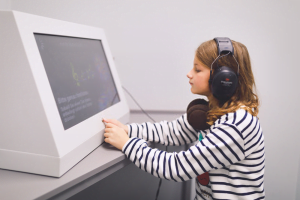Aural (or auditory) rehabilitation is very important to anyone who seeks to regain their hearing. Naturally, when you get diagnosed with hearing loss, you can visit an ear specialist, and you’ll be given a hearing aid, but the auditory rehabilitation — or education as you may call it — helps you learn how to communicate with or without a hearing aid.
There is a need to improve the quality of life, which is seen by how patients suffering from hearing loss interact with their communicating partners, and this helps them to feel alive and complete once again. The importance of aural rehabilitation is evident in the following ways.
1. Help your family to understand your hearing loss better
While it is important to get a hearing treatment or a hearing aid, there is a need for your family to understand your hearing loss to communicate more effectively with you. In aural rehabilitation, your family can be your communication partners, and by so doing, they’ll learn how best to communicate with you for you to understand them better.
2. Enhancing the functionality of your hearing aid
When you visit an ear specialist and your hearing loss have been treated to an extent; you invariably would be provided with a hearing aid. But even this device does not guarantee 100% hearing. What guarantees perfect hearing with a hearing aid is having an aural rehabilitation. According to Joseph K. Duran, Au.D., of New Generation Hearing in Florida, “Aural education is critical to hearing aid success.”
When you first use your hearing aid, you may not even recognize your voice. It is through this rehabilitation or education that you master the art of hearing by not just your ear alone.
3. Identifying the sounds you’ve been missing
Most people get hearing aids years after losing their hearing, and most likely, their brains can no longer recognize those soft sounds which once were easily recognizable, such as whispers typical of personal conversations, the sound of footsteps, or even your heartbeat. When you begin using a hearing aid, you’d hear these sounds, but it will take some time before your brain begins to identify these sounds again through aural rehabilitation.
4. Helping you use other assistive hearing devices
In addition to hearing aids, there are now other devices that work hand in hand with your hearing aid to enhance your hearing. But it’s not all to do with having hearing instruments. As each person is different, so are their hearing problems, and there is a need to tailor your treatment to address your personal needs through an aural education that encompasses counselling on hearing loss and device orientation.
5. Learning to use visual clues
When you develop hearing loss, you may find yourself using your eyes more, watch out for visual clues that would make up for what you cannot hear. You find yourself detecting speech whenever there is lip movement even when you hear nothing, and this can be so helpful if only you could understand such lip movements and other visual clues. To this end, the aural rehabilitation makes speech-reading an integral part of the training course, educating you on what speech sounds are made from certain lip movements.
Final words
Aural rehabilitation is simply incredible. It has the capability of enhancing the quality of life by enhancing hearing with or without hearing aids. The rehabilitation is done in different complex environments, which you’d find yourself daily, places where you’d be faced with complex listening conditions such as in a street or a coffee shop, and also interacting with your loved ones. This communication strategy aims to boost your understanding over some time at your own pace, reducing stress and anxiety while improving satisfaction, quality of life, and communication function. To know more details about aural rehabilitation and whether you need it or not, come in for a consultation.




